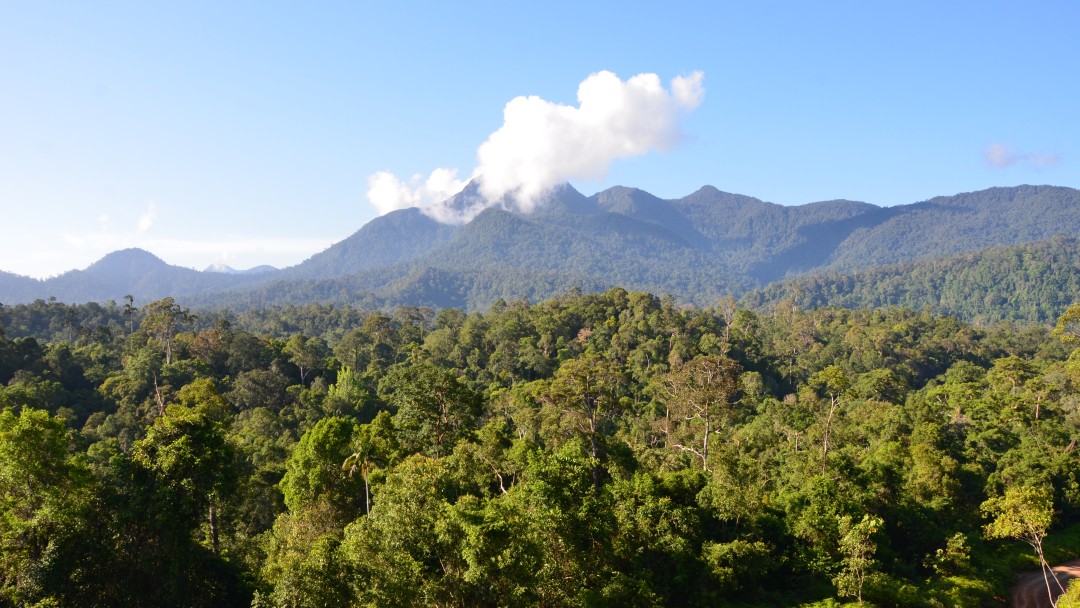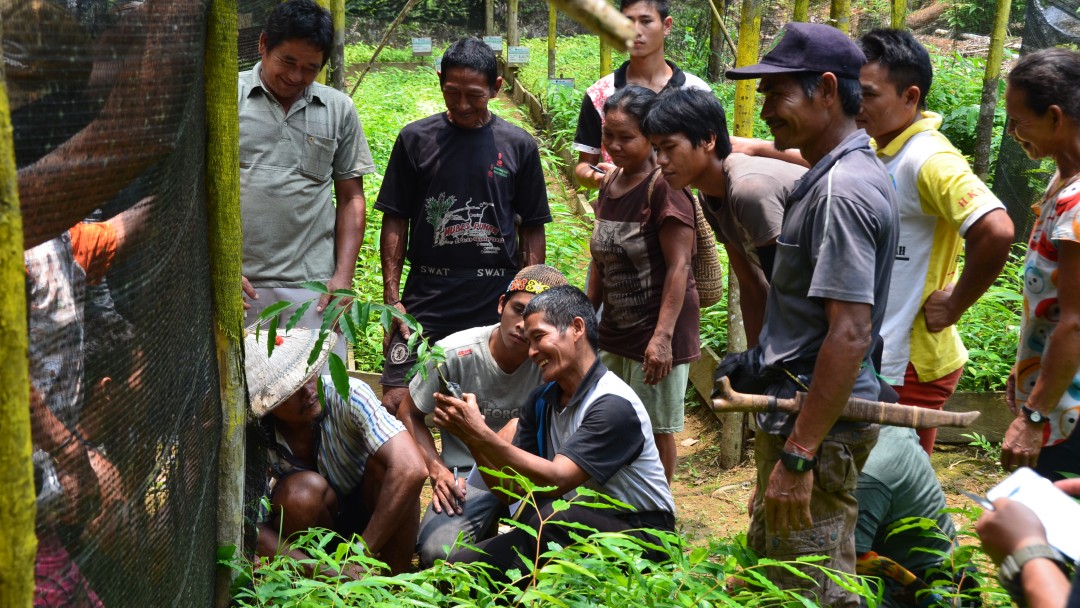
Indonesia is the eighth largest emitter of greenhouse gases in the world. The most significant cause is the clearing of Indonesia’s natural forests. Containing deforestation is only possible if all actors work together. However, these groups have conflicting interests. So on behalf of the German Federal Ministry for Economic Cooperation and Development (BMZ), KfW is contributing EUR 20 million to support a programme to determine the best ways to counter deforestation.
In its recent history, Indonesia has suffered massive forest loss, both in quantity and quality. This threatens biodiversity, contributes to an increase in greenhouse gases and destroys the foundation for existence of the people who use the forest. But there are also drivers of deforestation – and not just forestry companies – which, for their part, are the most important employers in various regions of the island nation. District governments also have an interest in deforestation as they can issue licences for the use of “non-forest areas”, for things like palm oil plantations, mining and industry, which helps them to generate tax revenue. So how can all stakeholders be involved to reduce deforestation and to realise the commitments Indonesia made towards the Paris Agreement while securing people’s foundation for existence at the same time?
The FORCLIME programme has been observing three provinces on the island of Kalimantan as an example since 2011 to see which methods are best suited to stopping deforestation. The programme is part of the REDD+ mechanism (Reducing Emissions from Deforestation and Forest Degradation), which is also being used in Latin America with the aim of rewarding governments and local populations for preventing deforestation and testing suitable strategies to this end.
In Indonesia, the FORCLIME programme’s activities support the national strategy for developing social forestry by which rural communities are responsible for sustainably managing forests on their lands themselves. They are granted land ownership and the right to access resources for 30 years – an important prerequisite for creating a sense of ownership for sustainable forest management and to protect against illegal logging. So far, 19 village forest licences (Hutan Desa) and one forest partnership programme (Kulin KK) have been officially granted in a total of 20 project villages. These 20 licences cover around 41,000 hectares of production forest and a good 62,000 hectares of protection forest, thus enabling sustainable forest management by the local communities in the three project districts on Kalimantan on a total of around 103,000 hectares.
The FORCLIME programme works together with 79 villages in Kalimantan in an area of around 460,000 hectares. The focus is on joint land use planning, which sets rules for land use, defines village borders and establishes areas for reforestation.
Regular monitoring in the forests helps to detect and prevent illegal logging. Residents of neighbouring communities also participate in the patrols and are thus included in the monitoring process. In the second half of 2020 alone, over 27,000 hectares of forest area were monitored – despite COVID-19 pandemic-related restrictions.

In addition to measures intended to protect orangutans and proboscis monkeys and to preserve forest areas and valuable habitats, FORCLIME supports the communities as they establish alternative sustainable land use methods which both improve the income situation and protect the environment. These include measures such as the creation of agroforestry systems that facilitate extraction of other products from the forest such as honey and nipa palm sugar, and prawn farming in select mangrove forests.
The efforts of the Indonesian Government are already proving to be successful; the deforestation rate has decreased in past years, and the forestry programme that is also funded by KfW is supporting these effects. They provide models that can also be implemented at a national level.
Share page
To share the content of this page with your network, click on one of the icons below.
Note on data protection: When you share content, your personal data is transferred to the selected network.
Data protection
Alternatively, you can also copy the short link: https://www.kfw-entwicklungsbank.de/s/enzBXlZv
Copy link Link copied